Aloe houseplant is very popular among home gardeners. Proper cultivation at home, propagation of different species, proper planting and regular follow-up care will create a whole collection of these unpretentious succulents with medicinal properties.
Content
Types of aloe
The successful cultivation of an indoor aloe plant at home depends on how suitable conditions are created for it. Although it is considered unpretentious, a beginner grower should understand the species diversity in order to properly create for him the appropriate conditions of detention.
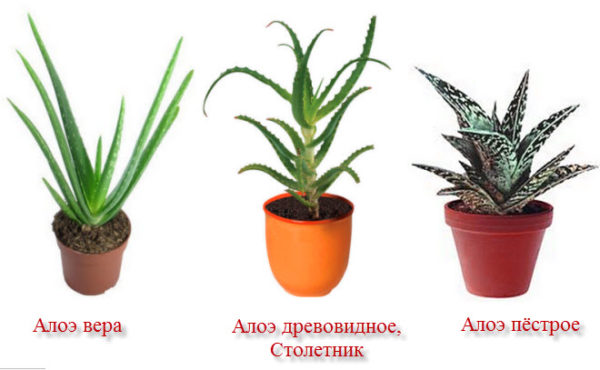
There is a wide variety of species of aloe, photos of which are presented in the reference literature on floriculture:
- grassy;
- tree-like;
- liana-shaped.
In total, more than 500 species of aloe are distinguished, differing in size, color and shape of the leaves. At home, only a few species are grown, which are divided into two large groups: decorative and medicinal.
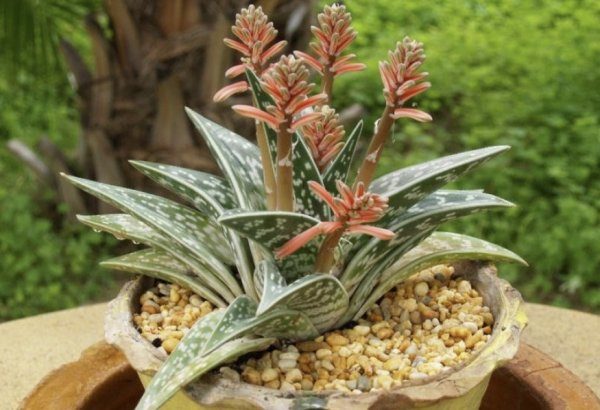
Decorative aloe, for the successful cultivation of which at home will require very little effort, are less common than medicinal ones.
These include:
- motley with a shortened stalk of 30 cm and triangular leaves;
- fan;
- Aloe Marlot with reddish thorns;
- squat with gray-green or gray-blue leaves;
- dichotomous;
- strongly branched;
- cap-shaped with curly stems and ovoid leaves;
- pretty;
- rare white-flowered;
- Aloe Jackson;
- aloe desconigs, resembling a rosette of triangular leaves;
- Haworthian without stalk;
- black-throated;
- placed, having a creeping stalk and leaves with a blue tint.
The medicinal species of aloe, home-grown and propagation of which are interested in a greater number of lovers of indoor plants, include:
- soapy aloe;
- South Africa, which treats skin diseases well;
- tree-like, or “agave,” with sword-shaped leaves;
- spinous;
- intimidating with green or reddish leaves;
- present, better known as aloe vera.
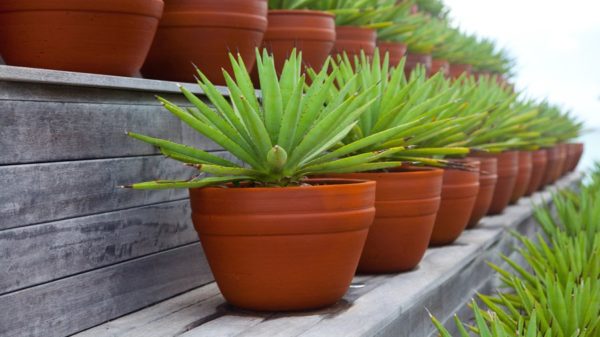
In order to collect at home a collection of plants from different species, you need to know how to take care of each species, properly watering and feeding.
Plant diseases and pests, how to fight
Despite its unpretentiousness, aloe can suffer from various diseases if its content is incorrect. External signs of diseases are different:
- the appearance of yellow leaves;
- drying of the plant;
- leaf fall;
- loss of elasticity of the sheet plate.
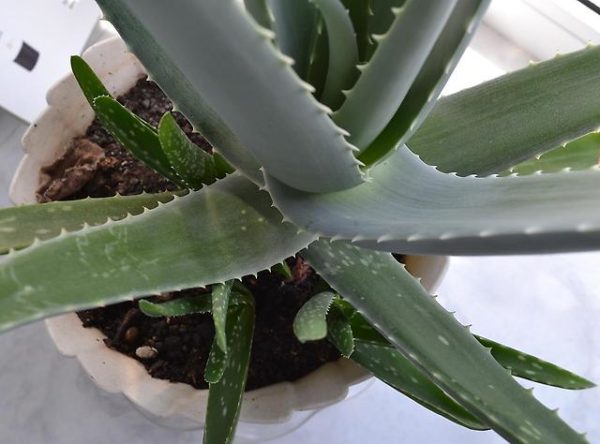
Leaves usually turn yellow due to the fact that the roots do not have enough room for growth in the pot, due to sunburn, hypothermia in a draft or due to a lack of nutrients in the soil. Improper watering also leads to plant disease. It may appear on it:
- dry rot, which is difficult to detect immediately;
- root rot, which develops due to waterlogging of the soil;
- pests in the form of scabs, spider mites, mealybugs.
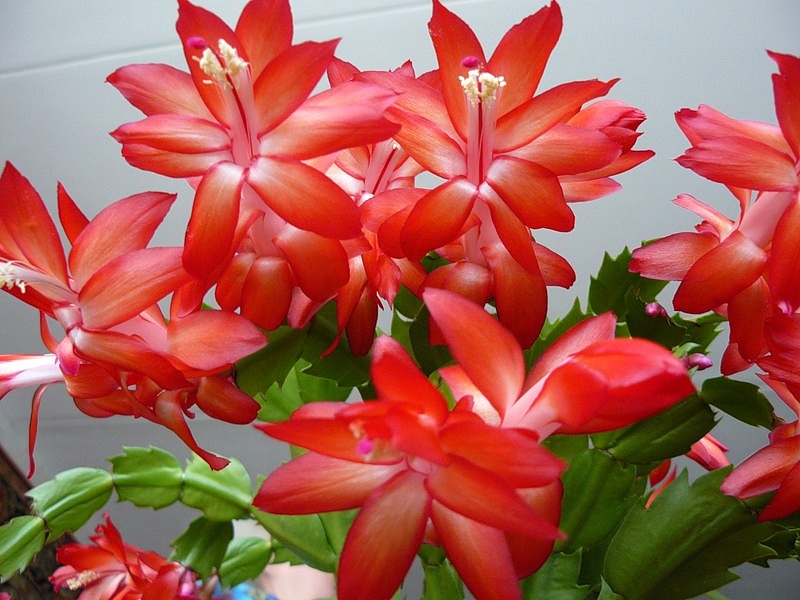 You may be interested in:
You may be interested in:Proper care, timely feeding and carrying out preventive measures that prevent the appearance of fungal diseases and parasitic insects on aloe will help to avoid plant death due to parasite disease.
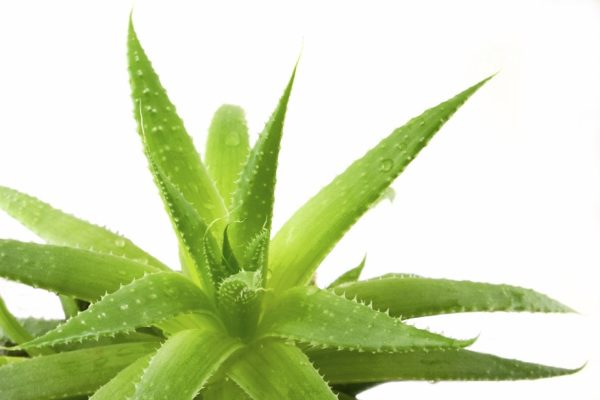
You can fight rot by transplanting a plant. You need to pull it out of the pot, shake off the ground and cut into several parts of the shoots, removing rotten roots. If the entire root system is affected, then you can try to restore the plant using cuttings. If the flower is affected by pests, then you need to use different products sold in flower shops, a solution of wood ash or laundry soap.
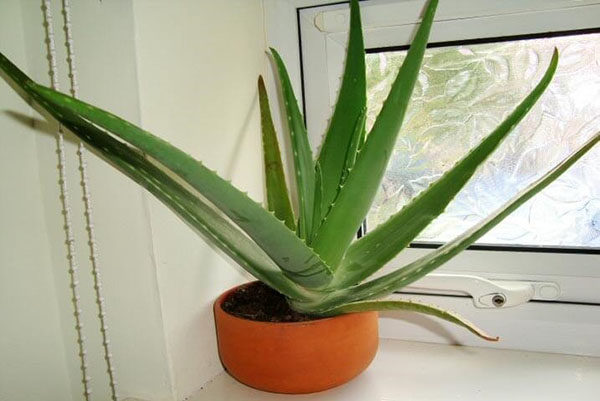
How to transplant aloe at home?
Any kind of adult aloe with growing at home you need to regularly rejuvenate by dividing the bush into several parts. Propagation and planting in a new larger pot provides increased growth. When carrying out a transplant, it should be remembered that a young plant needs to change the pot to a larger size every spring. This will allow the flower to grow faster.
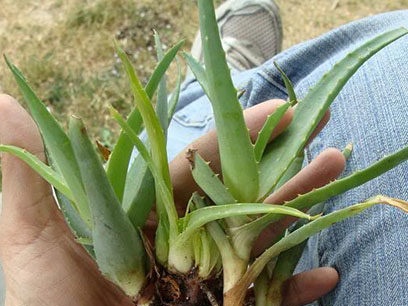
A plant that lives for more than three years should be transplanted every two to three years, observing a certain agricultural technique:
- pour plenty of water in the pot a day before the transplant, so as not to damage the roots when pulling out of the old pot;
- prepare new soil;
- lay the drainage layer in a new pot and only then plant the flower.
With self-preparation of the soil mixture, peat cannot be added, since it increases the acidity of the soil, as a result of which the roots can rot. You can buy a ready-made earthen substrate for succulents in the store.
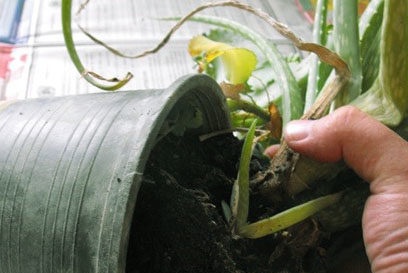
After transplanting into a new pot, the plant is abundantly watered and sprinkled on top with dry soil. The next watering is carried out for 5-7 days. Top dressing is done only after 30 days.
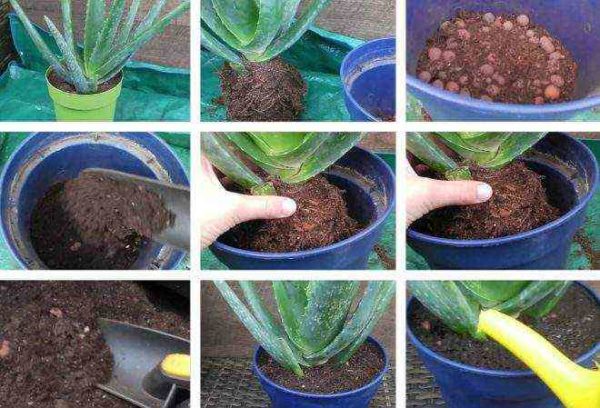
When planting an old plant after removing roots from the pot, they are carefully cut with a knife so that each shoot has its own root system.
How to propagate aloe at home?
Everyone can get healthy aloe vera at home, the cultivation and care of which are simple at home.
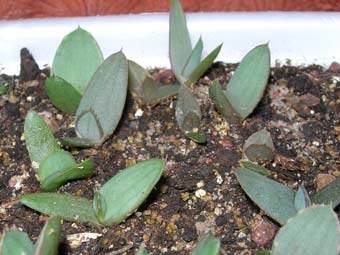
A plant can be easily propagated in many ways:
- cuttings;
- a sheet;
- the top;
- sockets;
- seeds.
The easiest way to grow a flower is from cuttings that are harvested from lateral shoots. They quickly give roots and take root easily, if properly prepared.
Cut off stepsons must be held for several days in a dark place without water and substrate. After that, they take root faster.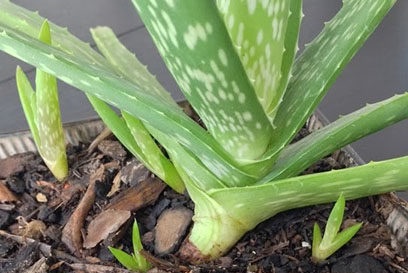
After that, they can be placed in water or in raw sand without deepening the stem by more than 1 m. Usually, roots appear within a week, and the cuttings can be planted in pots.
When propagated by rosettes growing at the base of the stem of the plant, they can immediately be planted in the ground, since rosettes have their own root system. When propagating aloe top, you need to hold the cut part in the air in a dark place, and then leave it in water. After a few days, he will have roots, after which the plant can be planted in the ground. In this way, old plants are usually rejuvenated, in which the trunk is exposed.
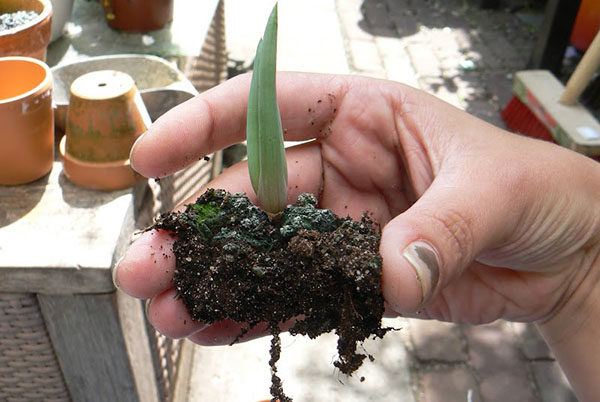
If a leaf is used for propagation, then it must also be dried, treated with cut charcoal and put into water, or immersed in moist sandy soil. When growing aloe from a leaf in sandy soil, you should monitor the moisture level of the substrate, otherwise the leaf will simply dry without water.
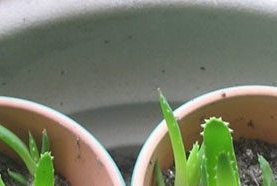
The hardest aloe is propagated by seed. Sowing is carried out at the end of winter in sandy soil and create a special microclimate with a high level of humidity, covering the container with a transparent film. When sprouts with several leaves appear on the surface, you can begin to dive, transplanting them into small pots.
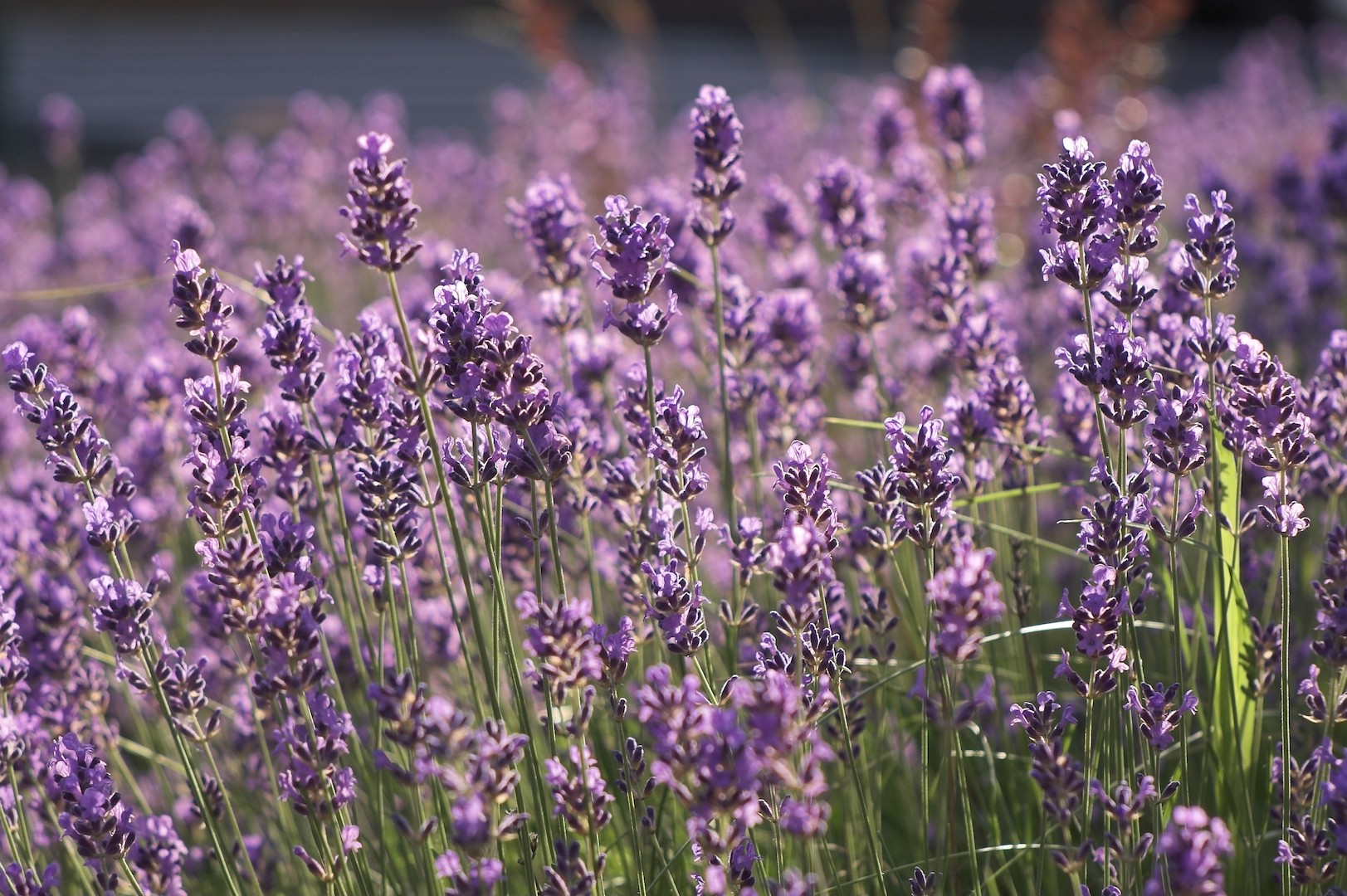 You may be interested in:
You may be interested in:Aloe home care
Growing medicinal aloe vera and decorative species of this plant at home is simple. It will be necessary to follow the simple rules of care, do not fill the flower, feed it in a timely manner and transplant it into larger pots. It is also important to choose the right lighting so that the plant does not suffer from direct sunlight, drafts and low temperatures.
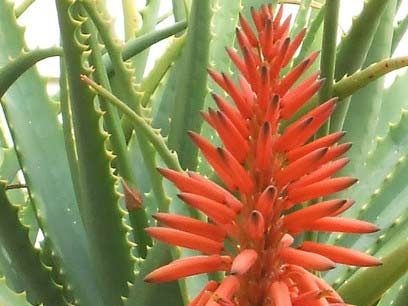
Planting a plant
In order for the plant to grow and develop well, you need to take quite deep pots. The soil should be loose and neutral in acidity. You can buy ready-made land for landing succulents, or cook yourself by taking:
- turf 2 hours;
- sheet land 1 h;
- humus 1 h;
- sand 1.5 hours

Watering and feeding
Aloe requires a special watering regimen. It tolerates drought well, but there is no need to specifically create stressful situations for it with the drying of the earth. Having organized timely and proper watering, it will be possible to protect the plant from diseases and pests that appear only on weakened specimens.
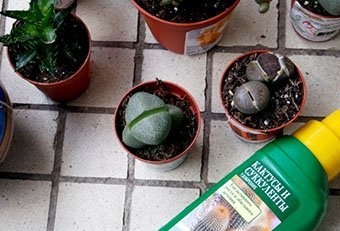
In the summer, aloe will be enough to water 1-2 times a week. In winter, when he has a period of rest, watering should be reduced to once every 15-20 days. During this time, the earth in the pot should be able to lose moisture by more than 50%.
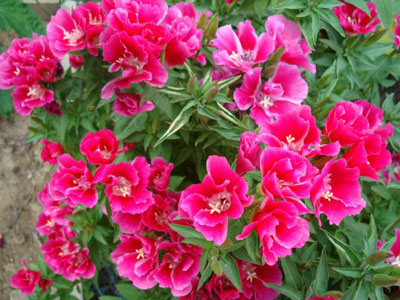 You may be interested in:
You may be interested in:Water aloe only need clean, well-maintained water at room temperature. It does not like cold watering, which can cause root decay. It is unacceptable to fill the pot, otherwise the roots of the aloe simply rot and the plant dies. No water should remain in the pan. If it appeared, then it should be drained. From time to time you need to loosen the soil.
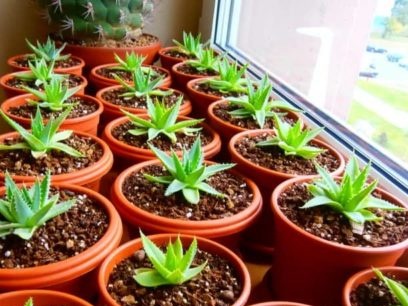
In the spring, the plant requires more nutrients after hibernation, so it is required immediately after winter to feed with special nutrient mixtures for succulents and cacti, which you can buy in a flower shop. Feeding should be 1 time in 25-30 days from the beginning of spring to the end of summer. In the fall, fertilizers do not need to be planted, the plant needs to normally enter the winter dormant period.
Light and warm
A tropical plant aloe loves light, but does not tolerate direct sunlight, so you need to choose the right place in the house for it. A balance of natural light should be observed, since with a lack of light, aloe can also die. It is better to keep it on the windows facing the sunny side. Without light, it will perish.
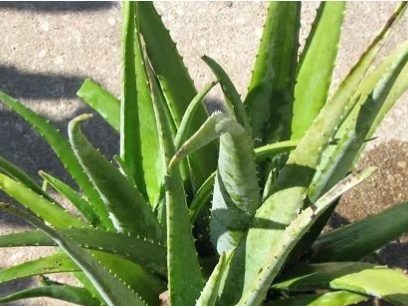
The plant does not tolerate subzero temperatures, so it can not be put on drafts. The most comfortable temperature for him is - room. However, it can tolerate well and heat at +40 degrees.
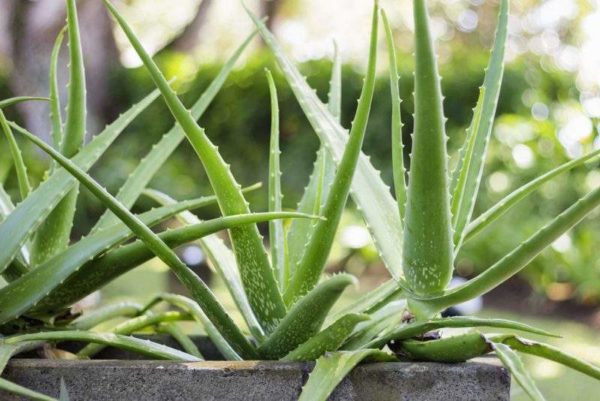
What is bad for aloe
Aloe belongs to the category of unpretentious plants that grow well in room conditions, if they are not poured and kept in a well-lit place. Most aloe does not tolerate excess moisture in the soil, drafts and subzero temperatures. For the development of the root system, he needs a large pot and regular top dressing during the period of its active growth.




 10 beautiful annuals that bloom all summer
10 beautiful annuals that bloom all summer Sow in the ground, without seedlings: 10 beautiful and unpretentious flowers
Sow in the ground, without seedlings: 10 beautiful and unpretentious flowers Platicodon planting and outdoor care
Platicodon planting and outdoor care Hosta - planting and care in the open ground in the Urals
Hosta - planting and care in the open ground in the Urals